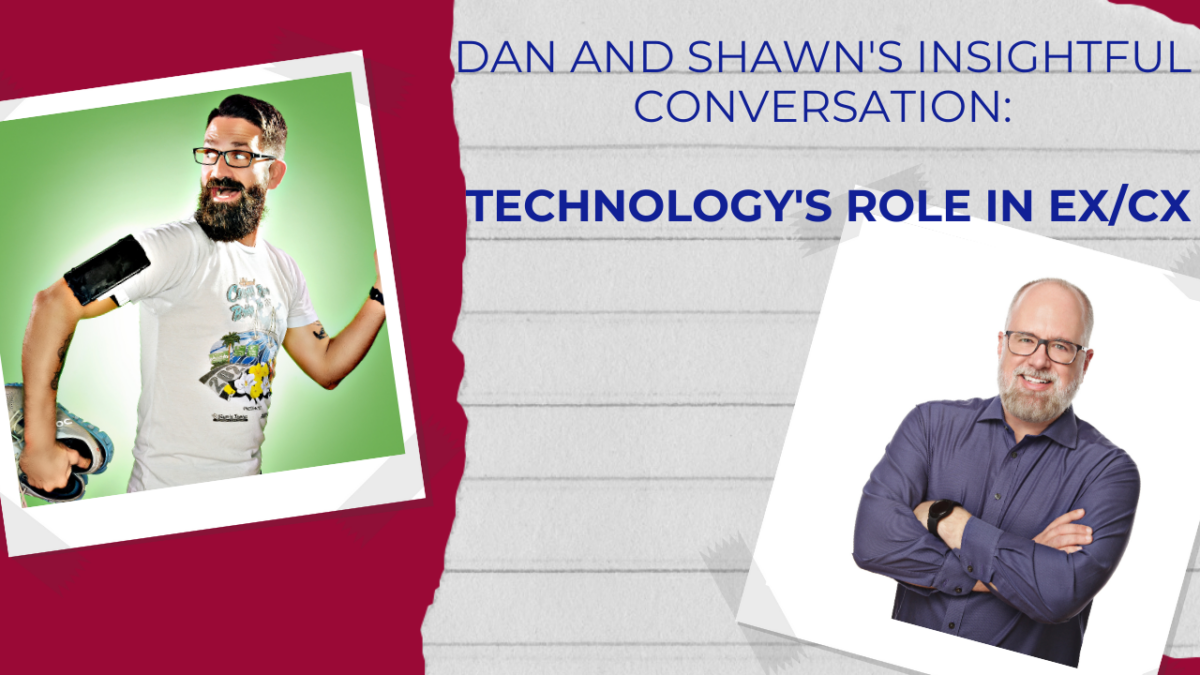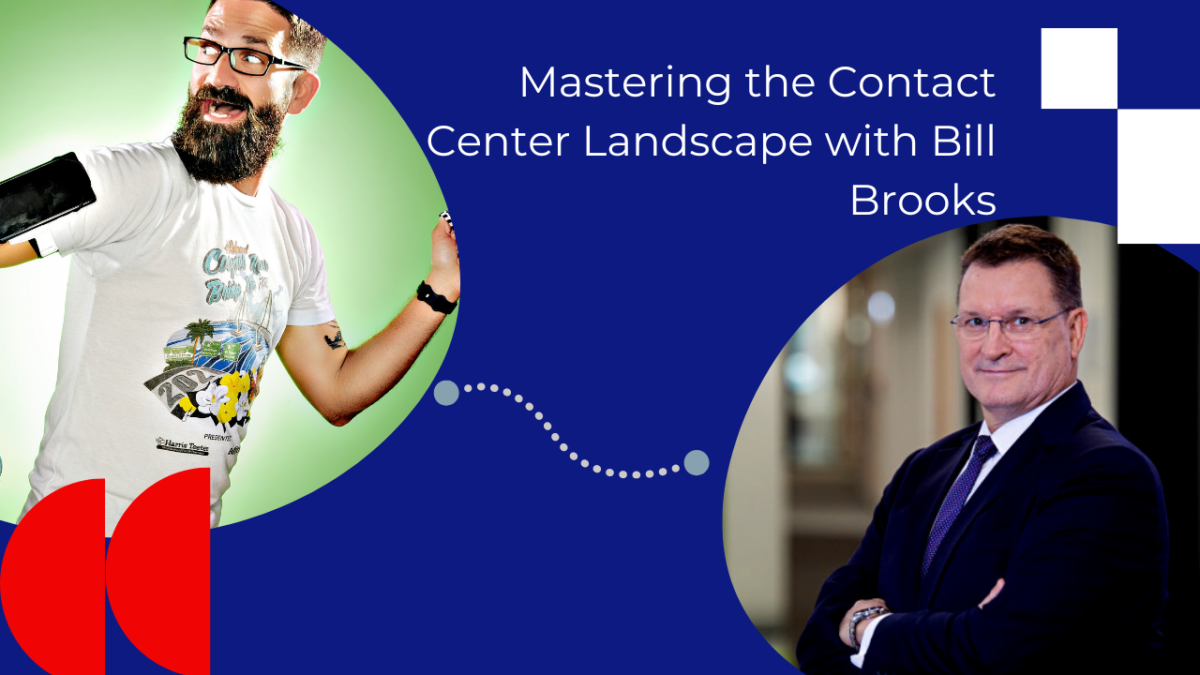Complex WFM Software Integrations Made Simple
We may be a little bit biased, but we believe that the role of Workforce Management (WFM) software cannot be overstated. It’s the linchpin that keeps operations optimized and agents in sync. However, we also realize that implementing WFM software is not without its hurdles. One of the most prominent challenges that contact centers face is the complexity of integration. Whether that’s integration to your ACD, HRIS/payroll, or even your performance management platform, all of these systems can benefit from WFM data and your WFM platform can benefit from their data. But too often it isn’t as simple as plug-and-play, but could it be that simple?
Why is Integration Complex?
To grasp the essence of integration complexity, it’s crucial to understand the inherent intricacies that come into play. First and foremost, the challenge arises from the need to synchronize data seamlessly between various systems. When you integrate with WFM software, you’re essentially building bridges between databases and applications that may use different data formats, protocols, and technologies. Too often may feel like you’ve integrated a system but then find out that the data doesn’t match the original system and the WFM system. The challenge to build well-structured and consistently available “data bridges” can be incredibly challenging.
Moreover, the availability of data adds to the complexity. Many systems will say that they integrate with your WFM platform, but they may only mean 2 to 3 data points. This can leave WFM leaders incredibly frustrated as they need a full system integration between ACD to WFM and WFM to HRIS. Also, the data may be available, but the lack of timeliness can often make it pointless. How is WFM supposed to forecast intraday when the interaction volume is only updated daily? Or how can we provide intra-day flexibility to agents when we only get updated PTO allotments weekly?
Lastly, by integrating systems you may disrupt existing workflows, something that most contact centers strive to avoid at all costs. Agents rely on smooth, efficient processes to deliver top-notch customer service, so any disruption is a cause for concern.

Key Platforms for Integration
We’ve already mentioned how WFM can benefit from integration with other platforms. Here are a few key ones to consider:
1. Communication Channels: Integration with various communication channels such as phone, email, chat, and others is essential. Without the ability to access interaction volume, workload time, and unproductive activities, WFM teams will fly blind when creating forecasts and schedules.
2. Reporting and Analytics Tools: For data-driven decision-making, integration with reporting and analytics tools is paramount. WFM may be able to analyze data inside of the channel distribution platform, and they may be able to pull that data into the WFM platform for further review. The ideal scenario, though, is being able to have all of that data in a BI tool. When WFM data is integrated with performance, productivity, and customer experience data WFM leaders are able to better justify the impact of their processes.
3. HR and Payroll Systems: Integrating WFM software with HR and payroll systems streamlines workforce management processes. Sure, your WFM platform may be able to create schedules, but if it isn’t integrated with the time-keeping software then schedule adherence can become an incredibly manual process for the WFM team. The manual work for WFM also increases when PTO approval has to be reviewed in two different systems. When WFM teams can see both the employee’s personal account balance and the forecasted net staffing the PTO approval process can be significantly streamlined. Add an ability to apply checker rules that automatically approve PTO requests based upon If/Then logic and you’ll really be moving!

Additional Considerations
1. Selection of Compatible Software and Tools:
Compatibility is not just about technical integration; it’s about harmonizing the various components of your technology ecosystem.
This is where third-party integration companies specializing in building WFM connectors come into play. Companies like Call Design, with decades of experience in this field, offer a unique value proposition. They bring a deep understanding of WFM software and its intricacies, which means they can tailor integration solutions to match your specific needs and platforms.
The advantage of working with such experts is their ability to bridge the gap between your existing systems and the WFM software you’re integrating. They not only ensure compatibility but also optimize the integration for maximum effectiveness. This can save your organization valuable time and resources, as you’re not left grappling with technical challenges.
2. Thorough Planning and Assessment:
If we don’t know the value of good planning, are we even doing WFM?!
There’s no sense in looking to ingrate systems “just because”. The platforms need to be helping the WFM team move towards a particular goal, or set of goals, that are supportive of the larger organizational strategy. Sure, improving automation of manual processes is great by itself, but once that manual work is automated what do you do with the labor associated with it? Where will we now have the WFM coordinator’s focus?
The planning and assessment process includes the project and change management necessary for all effective software rollouts, but it also includes mapping out how the WFM team will conduct their work differently once the integrations are complete.
3. Continuous Monitoring and Optimization:
Implementing the integrations is just the start of a long process. The WFM team needs to continually review and refine how the data flow is helping or could help additional processes.
It could be that the integration was just meant to improve the connection and accuracy of PTO balances between the WFM and HR teams. However, WFM may also be able to help HR with payroll accuracy based on ACD data coming in for schedule adherence. Or maybe there’s an ability to tie all three systems together. Where the agent logs into the phone system, which logs a clock-in action for payroll, and then submits a schedule adjustment for WFM schedule adherence all done automatically through integrations.
The key here is to continually review what additional systems, processes, and teams might benefit from deeper integrations.

As you consider how your WFM team can benefit from additional integrations, rest assured that experienced partners are here to assist. Call Design, with over 20 years of expertise in building and implementing WFM connectors, stands ready to walk you through the full process. From identifying which platforms you want to integrate with, to building the actual connectors, and implementing the solutions; we are here to help. We understand the challenges you face and are well-equipped to help you navigate the path to seamless integration, ensuring your WFM efforts yield optimal results for your employees, customers, and business leaders. Integrations can be complex, but they don’t have to be intimidating when you have the right partner with you.





























